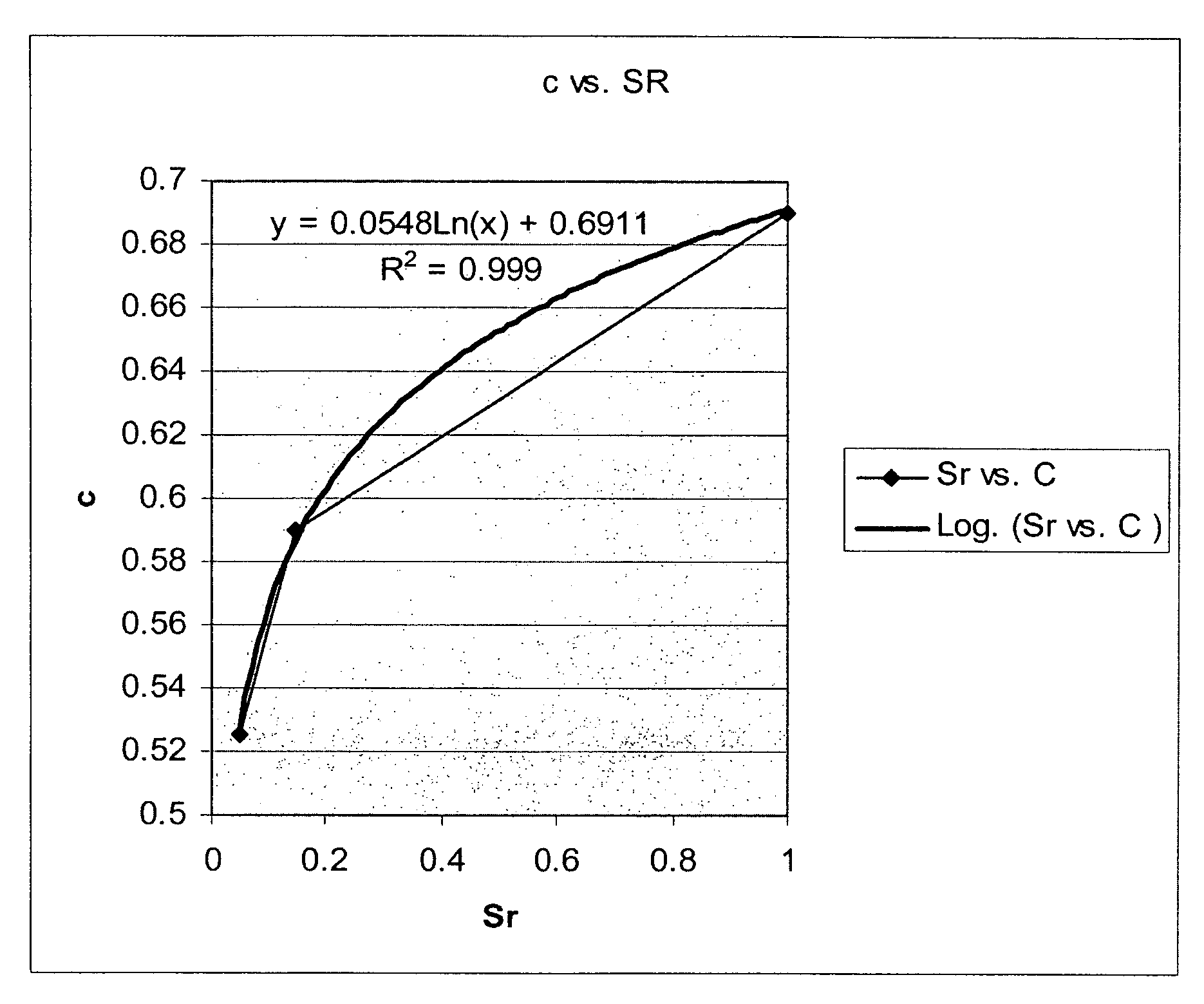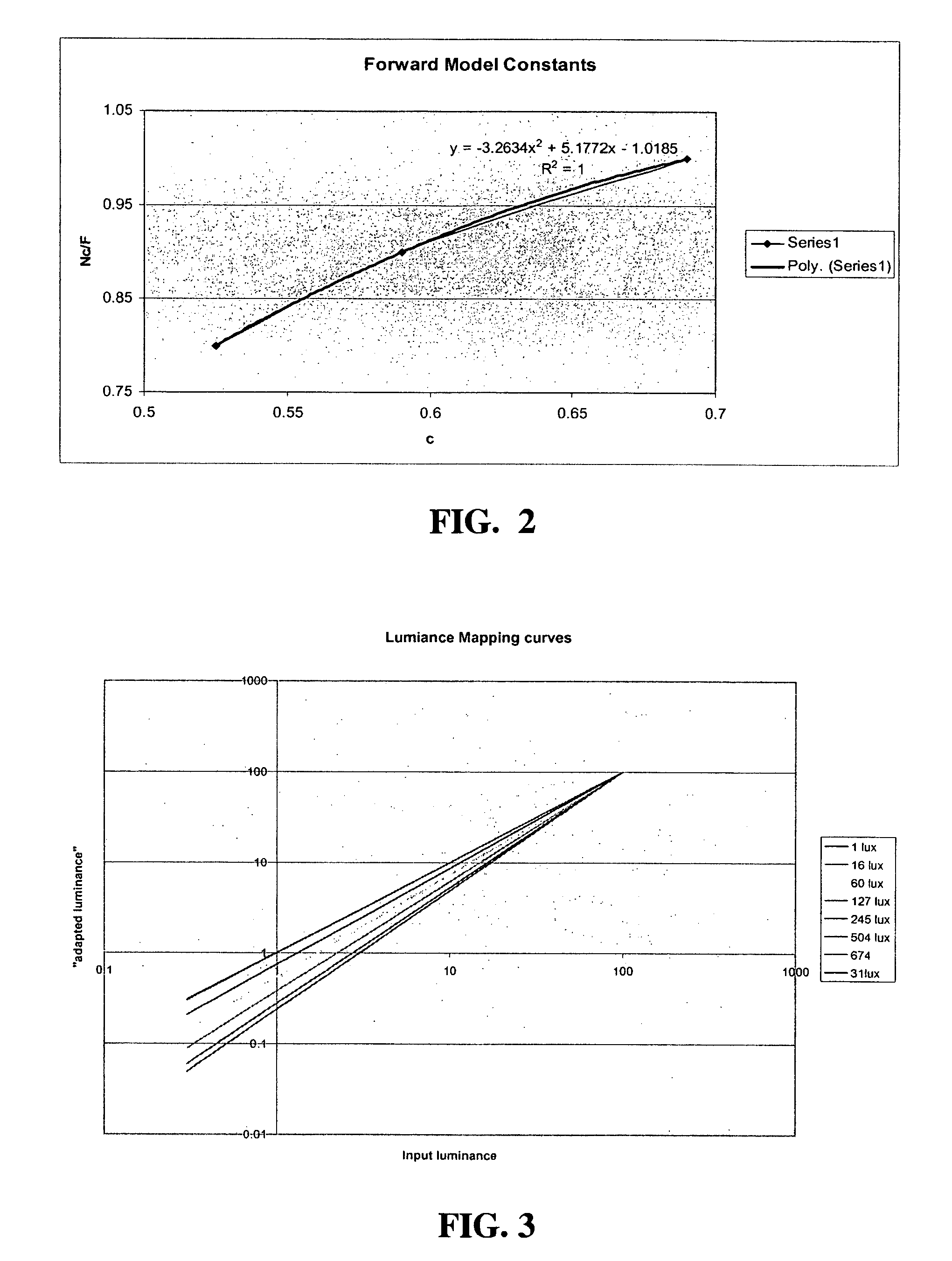System and method for applying correction factors related to ambient conditions
a technology of ambient conditions and factors, applied in the field of colorimeters, can solve the problems of incompatibility, inability to solve or otherwise address incompatibility, and variation in mounting distance of early devices developed under the standards, and achieve excellent correlation
- Summary
- Abstract
- Description
- Claims
- Application Information
AI Technical Summary
Benefits of technology
Problems solved by technology
Method used
Image
Examples
Embodiment Construction
)
[0051]Embodiments of the present disclosure provide colorimeters capable of measurement of emitted light from sources that are static, such as LCD displays, illuminated printed or graphic matter, and / or temporally active sources, such as CRT displays or strobed printed and graphic matter. The assembly and configuration of exemplary embodiments of the disclosed devices operate to maximize the signal-to-noise ratio (SNR), as well as to provide an optimal field of view that simulates the field of view of the human eye. Geometric elements and features of the device design, in conjunction with the assembly procedure assure precise alignment of optical elements, including sensors, filters, and other elements within the enclosure and optical path.
[0052]The present disclosure further provides advantageous systems and methods for applying correction factors related to display systems, such correction factors advantageously taking into consideration ambient light conditions. According to exe...
PUM
 Login to View More
Login to View More Abstract
Description
Claims
Application Information
 Login to View More
Login to View More - R&D
- Intellectual Property
- Life Sciences
- Materials
- Tech Scout
- Unparalleled Data Quality
- Higher Quality Content
- 60% Fewer Hallucinations
Browse by: Latest US Patents, China's latest patents, Technical Efficacy Thesaurus, Application Domain, Technology Topic, Popular Technical Reports.
© 2025 PatSnap. All rights reserved.Legal|Privacy policy|Modern Slavery Act Transparency Statement|Sitemap|About US| Contact US: help@patsnap.com



